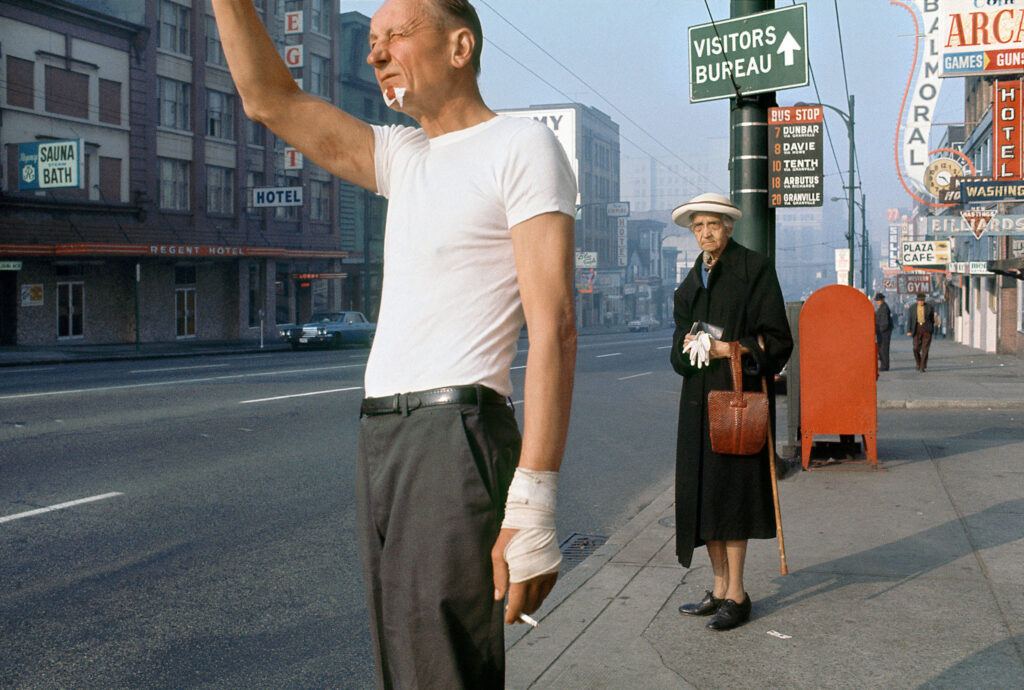The Single Strategy To Use For Street Photographers
The Single Strategy To Use For Street Photographers
Blog Article
The 7-Second Trick For Street Photographers
Table of ContentsMore About Street PhotographersStreet Photographers Fundamentals ExplainedFacts About Street Photographers RevealedThe Street Photographers PDFsHow Street Photographers can Save You Time, Stress, and Money.
A style of digital photography that records everyday life in a public place. The actual publicness of the setup makes it possible for the digital photographer to take honest pictures of strangers, often without their understanding. Road digital photographers do not necessarily have a social objective in mind, yet they prefer to isolate and record moments which might or else go undetected (Street Photographers).Though he was affected by a number of those who affected the road photographers of the 1950s and '60s, he was not chiefly curious about capturing the spirit of the street. The impulse to visually record individuals in public started with 19th-century painters such as Edgar Degas, douard Manet, and Henri de Toulouse-Lautrec, who functioned side by side with professional photographers trying to record the essence of metropolitan life.
Unlike Atget, digital photographer Charles Marville was worked with by the city of Paris to develop an encyclopaedic record of Haussmann's urban preparation project as it unravelled, therefore old and new Paris. While the photographers' subject was basically the exact same, the outcomes were markedly different, showing the effect of the professional photographer's intent on the personality of the pictures he created.
Given the great quality of his pictures and the breadth of material, engineers and artists often got Atget's prints to utilize as reference for their very own job, though industrial interests were barely his primary motivation. Rather, he was driven to picture every last residue of the Paris he liked.
All About Street Photographers
They reveal the city through his eyes. His job and basic understanding of digital photography as an art form acted as inspiration to generations of photographers that complied with. The future generation of road digital photographers, though they likely did not refer to themselves therefore, was ushered in by the photojournalism of Hungarian-born photographer Andr Kertsz.
Unlike his peers, Brassa used a larger-format Voigtlnder video camera with a much longer direct exposure time, forcing him to be more computed and thoughtful in his practice than he may have been if utilizing a Leica. (It is assumed that he might not have had the ability to manage a Leica back then, but he did, however, make use of one in the late 1950s to look these up take colour photographs.) Brassa's photos of the Paris underworld illuminated by man-made light were a revelation, and the collection of the series that he released, (1933 ), was a major success.
Cartier-Bresson was a champ of the Leica electronic camera and one of the very first digital photographers to optimize its go to website abilities. The Leica allowed the photographer to engage with the surroundings and to capture minutes as they happened. Its fairly small dimension likewise assisted the professional photographer fade into the history, which was Cartier-Bresson's recommended strategy.
Little Known Facts About Street Photographers.
It is due to this fundamental understanding of the art of picture taking that he is often attributed with finding the medium all over again roughly a century considering that its innovation. He took photographs for more than a half century and influenced generations of digital photographers to trust their eye and instinct in the minute.
These are the questions I will attempt to respond to: And then I'll leave you with my own interpretation of road digital photography. Yes, we do. Allow's kick off with specifying what a meaning is: According to (Street Photographers) it is: "The act of defining, or of making something certain, distinctive, or clear"
No, certainly not. The term is both limiting and deceiving. Appears like a road photography must be images of a roads ideal?! And all road digital photographers, besides a handful of absolute novices, will totally value that a road is not the essential part to road digital photography, and really if it's an image of a road with perhaps a few uninteresting individuals doing absolutely nothing of rate of interest, that's not street digital photography that's a picture of a road.
Some Of Street Photographers
He makes a valid point do not you assume? While I concur with him I'm not sure "candid public photography" will web link capture on (although I do kind of like the term "candid digital photography") because "street photography" has actually been around for a long time, with many masters' names affixed to it, so I believe the term is here to remain (Street Photographers).
Inside?! I hear you shout as you shake your clenched fist to the sky. Why not? You can contend the beach, at a festival, in a street, in a park, in a piazza, in a coffee shop, at a gallery or art gallery, in a metro station, at an event, on a bridge, under a bridge ...

The 8-Second Trick For Street Photographers

Report this page